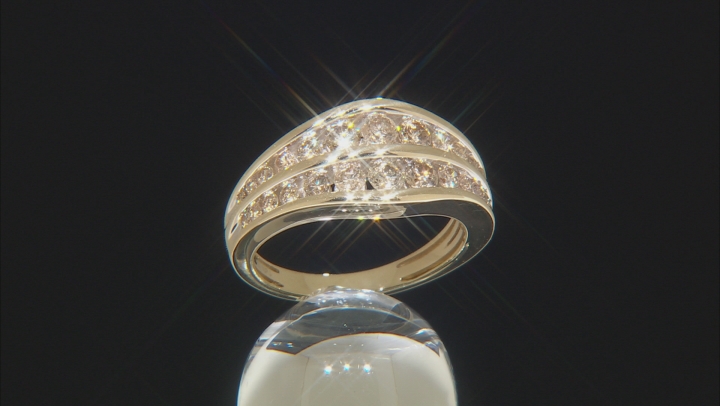

Check it out in Phenomenal Gems.COMPLETE RENOVATION / UPDATED SILVERLEAF HOME showcasing a Contemporary flair.

To enjoy another gemstone’s reaction to light, you might also like alexandrite’s color change. What scenery do you think maximizes your diamond’s brilliance? Seize the opportunity to find out which kind of light complements your diamond best by exploring different environments.ĭiamond cut quality and the surrounding environment play a significant role in how light interacts with the faceted stone. It’s captivating to see how a diamond’s appearance can change in relation to its surroundings. So to maximize your diamond’s play with light, make sure to keep it clean by following these simple diamond cleaning tips. For example, if you work in an office under fluorescent lighting, ask to see diamonds under fluorescent lights until you find that one diamond whose sparkle and brilliance seems to speak just to you.Īnd once you’ve purchased your diamond, remember that facets are like mirrors and mirrors work best when they’re clean. Photos by Eric Welch/GIA.Ĭonsider the lighting conditions you’ll wear the diamond most, and ask to view the diamond under those conditions. These diamonds display high, moderate and low brightness under diffused light. Ask your jeweler to show you diamonds under different lighting conditions so you can compare looks between store lighting and daylight or incandescent light. And its look will even be influenced by the color and lightness or darkness of the clothing you wear.Īs you shop for diamonds pay close attention to a diamond’s interplay with light and your personal preference for the pattern of light and dark areas caused by the reflections within the diamond. Or to an environment with a dark ceiling and spot lighting only. It will also respond differently to a diffused lighting environment – for example, fluorescent light bounced off of a white ceiling. Try it for yourself: See how the diamond changes its look depending on how far or close you hold it from your gaze. This symphony of reflected light is made up of brilliance (the total light reflected from a diamond), fire (the dispersion of light into the colors of the spectrum), and scintillation (the pattern of light and dark areas and the flashes of light or sparkle when a diamond is moved). Photo by Harold & Erica Van Pelt/GIA.Įvery time the diamond moves, or if you move past the diamond, you see a mesmerizing display of glinting lights and colors, as light reflects on the facets and the facets reflect light on each other. Loose diamonds in limited spot lighting only that range in size from 2 to 3.03 carats. A round brilliant colorless diamond has an astounding 58 facets or “mirrors” that show the reflection of its surroundings, including you.
#Candlelight diamonds series
Think of your diamond’s facets as a complex series of mirrors reflecting the environment. These define the diamond’s ability to transmit light and sparkle so intensely - proving the quality of cut is crucial to a diamond’s final beauty and value.Ī diamond’s facet arrangement is key to understanding how your diamond interacts with light and its surrounding environment.

The proportions, facet arrangement and finish (quality of polish and quality of symmetry) constitute what we call cut. Of the 4Cs of diamond quality (color, clarity, cut, and carat weight), cut is the most complex and technically difficult “C” to assess. Diamond shape refers to the general silhouette or outline of the stone diamond cut refers to its facet arrangement. This change proves the importance of understanding how light affects a diamond’s appearance.ĭiamond cut is often confused with shape, but they are very different. In fact, there’s often a noticeable change in how a diamond appears in sunlight, in candlelight, and under artificial light. “Shine bright like a diamond,” is a phrase that can be understood in a variety of ways, depending on the diamond light source.


 0 kommentar(er)
0 kommentar(er)
